| Español | Inglés | |
|---|---|---|
| ¿Qué te viene a la mente cuando piensas en comida típica española? Tortilla, Tapas, Calamares, Jamón, Churros,…¡y seguramente Paella! Este plato, que se inventó en Valencia, es uno de los platos favoritos de los españoles, pero también tiene muchos fans en todo el mundo.
El origen de la paella, como el de casi todos los platos de la cocina popular de cada zona, es una conjunción de los ingredientes que cada pueblo tenía a su alrededor. La Paella era una comida fácil de transportar y cocinada con los ingredientes que la gente tuviera a mano o que fueran fáciles de adquirir en las zonas cercanas. En la zona de Valencia, que es muy fértil, hay muchas verduras frescas, las familias criaban habitualmente pollos y conejos para su consumo propio, y además existían arrozales. Éstas eran las condiciones perfectas para la creación de este plato. Luego, en las zonas cerca del mar, se añadió el pescado y el marisco a la paella original. Si te gusta la paella pero no sabes cómo hacerla, a continuación encontrarás una receta para intentar hacer tu primera paella de marisco. Ingredientes:
La sartén en que se hace la paella ha de ser de un diámetro mínimo de unos 30 centímetros y no muy honda, con unos bordes de 7 a 12 centímetros. Se trocea la sepia y los calamares en cuadrados. Se calienta el aceite en una paellera y se saltean las gambas y las cigalas durante un minuto, se sacan y se reservan. A continuación en el mismo aceite se introducen la sepia con los calamares y se sofríen hasta que tengan un color dorado. En ese instante se añade el tomate, dos ajos picados muy finos y se sofríe el conjunto. A continuación se echa el arroz, removiendo y rehogando el conjunto, para después verter el doble de caldo que de arroz y el azafrán. En el caso de no disponer de azafrán, se sustituirá por una pizca de colorante alimenticio. Se deja cocer la paella 10 minutos a fuego vivo y se pone a punto de sal. A continuación, se colocan las gambas y las cigalas encima del arroz y se deja cocer otros 5 minutos más, hasta que se evapore por completo el caldo. Y ahora: ¡Que aproveche! En la Escuela Delengua, aparte de las clases de español, se ofrecen también muchas actividades para los estudiantes. De vez en cuando, el director en persona hace una paella gigantesca para todos sus estudiantes. |
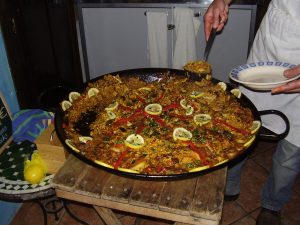
El director de la Escuela Delengua preparando una paella… |
What comes to your mind when you think of tipical Spanish food? Tortilla, Tapas, Calamares, Jamón, Churros,…and certainly Paella! This dish that was invented in Valencia is one of the favourite dishes of the Spanish population, but has also a lot of fans all over the world.
The origin of the Paella, like the origin of almost all tipical dishes of every region, is a conjunction of ingredients that every village found close by. The Paella is easy to transport and is made by the ingredients that people had around or that could be easily acquired in the regions nearby. In the Region of Valencia, which is quite fertile, there were plenty of fresh vegetables, the families bred routinely chicken and rabbits for their own use, and in this region they had also ricefields. These were the perfect conditions for the creation of this dish. Later, in the regions close to the sea, people added fish and seafood to the original paella. If you like Paella but you don’t know how to make it, below you will find a recipe to try to make your first paella de marisco. Ingredients:
The skillet in which the paella is made should have a diameter of at least 30 centimetres and shouldn’t be too deep, with edges of 7 to 12 centimetres. Cut the cuttlefish and the calamares into cubes. Heat the olive oil in a skillet and fry the shrimps and the Norway lubsters for one minute, and set aside. Next, fry the cuttlefish and the calamares in the same olive oil until brown. Add now the tomatoes and the garlic and fry it all together. Next, add the rice and sauté the mixture, and after that pour the fish broth, which must be double the amount of the rice and saffron. In case you don’t have saffron, use a pinch of food colouring. Keep the paella boiling for 10 minutes and season it with salt. Now, arrange the shrimps and the Norway lubsters on top of the rice and keep it boiling another 5 minutes until all the broth has been absorbed. And now: Enjoy your meal! At Delengua Spanish Language School we offer also many free time activities for the students. Sometimes, the director in person cooks a huge paella for all of his students. |
For more information visit our website:
Search
Archives
-
Recent Posts
Tags
activities Alhambra Andalucía Andalusia Aprende español en España Aprende español en Granada Cine Español cinema cultura Cursos de espanol en Granada Cursos de español Cursos de español en España Cursos de lengua Cursos de lengua en España Cursos de lengua en Granada Delengua activities España español fiesta film flamenco Gramática Española / Spanish Grammar Granada hiking in the Sierra Nevada la lengua española Language courses language courses in Granada language courses in Spain learn Spanish learn Spanish in Granada Learn Spanish in Spain Pedro Almodóvar senderismo en la Sierra Nevada Sierra Nevada Spain spanish Spanish Courses Spanishcourses in Granada Spanish courses in Granada Spanish Courses in Spain Spanishcourses in Spain Spanish Grammar Spanish Language School the Spanish grammar the Spanish Language
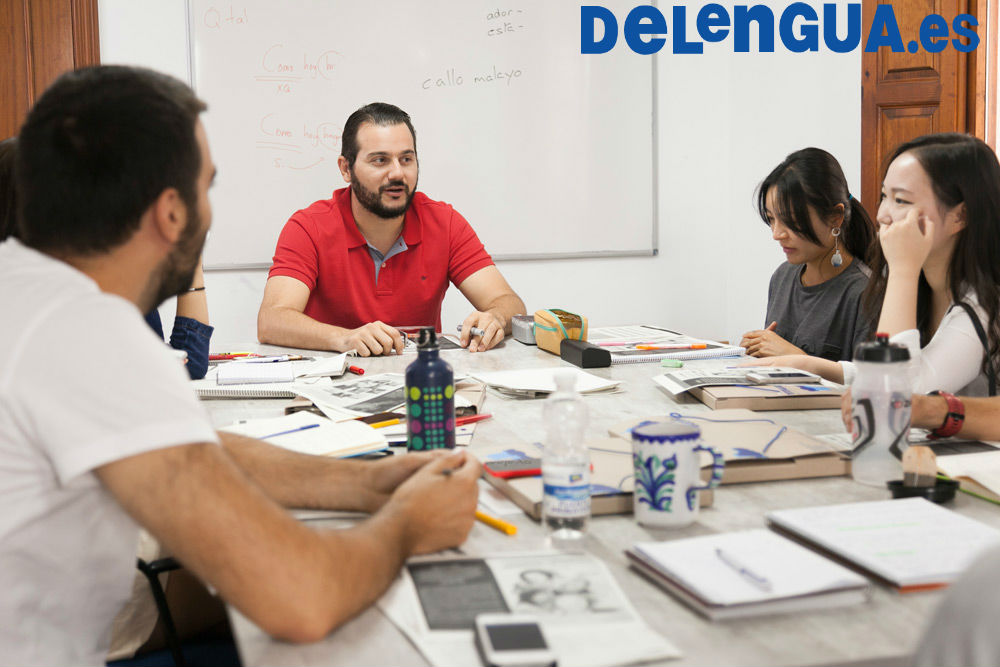



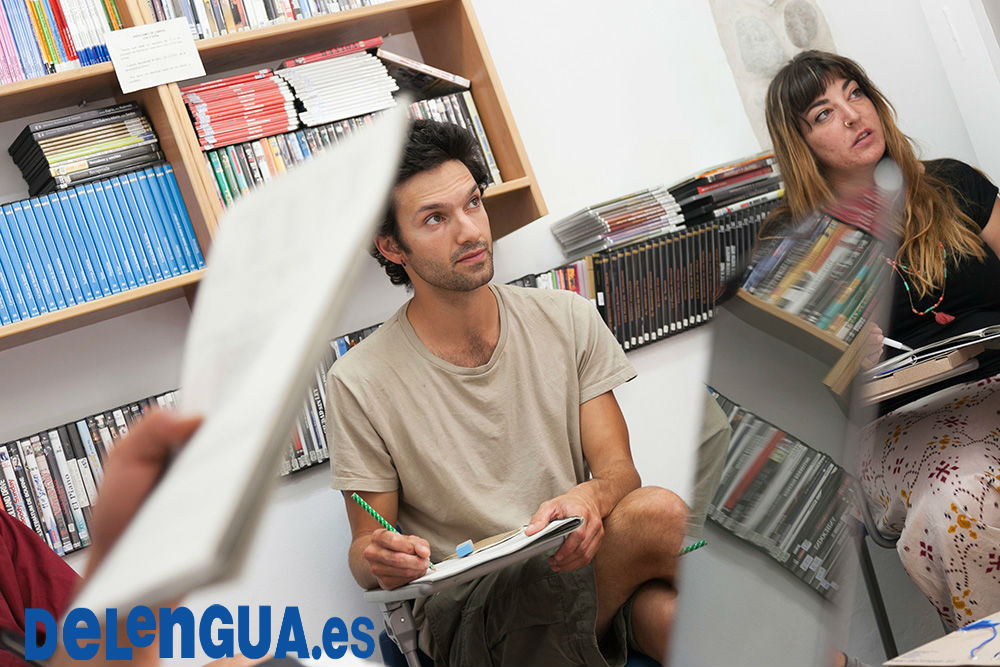
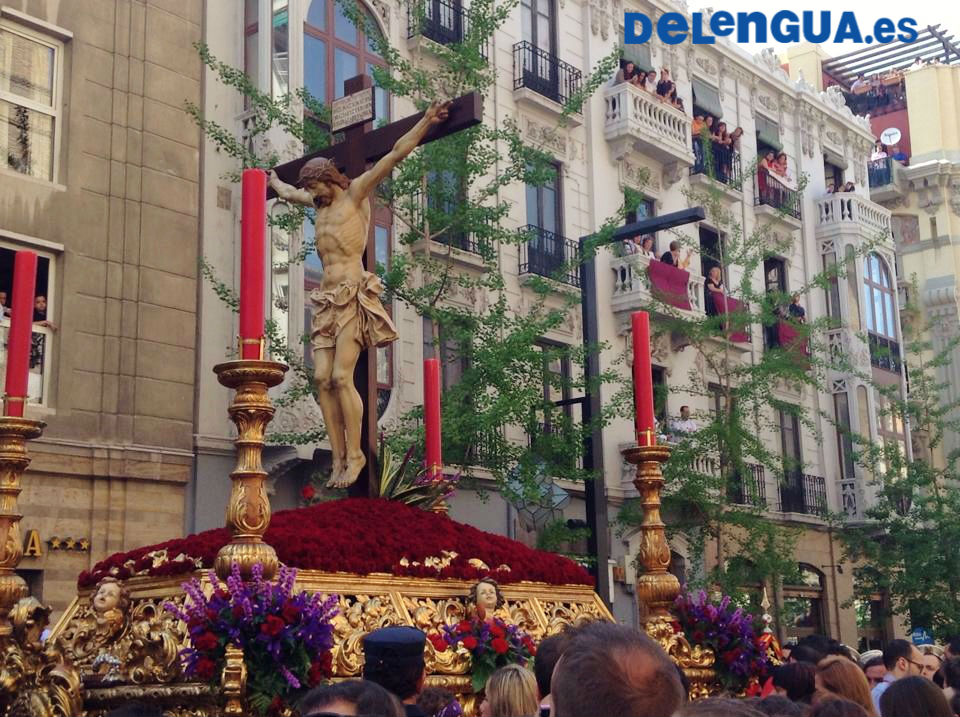
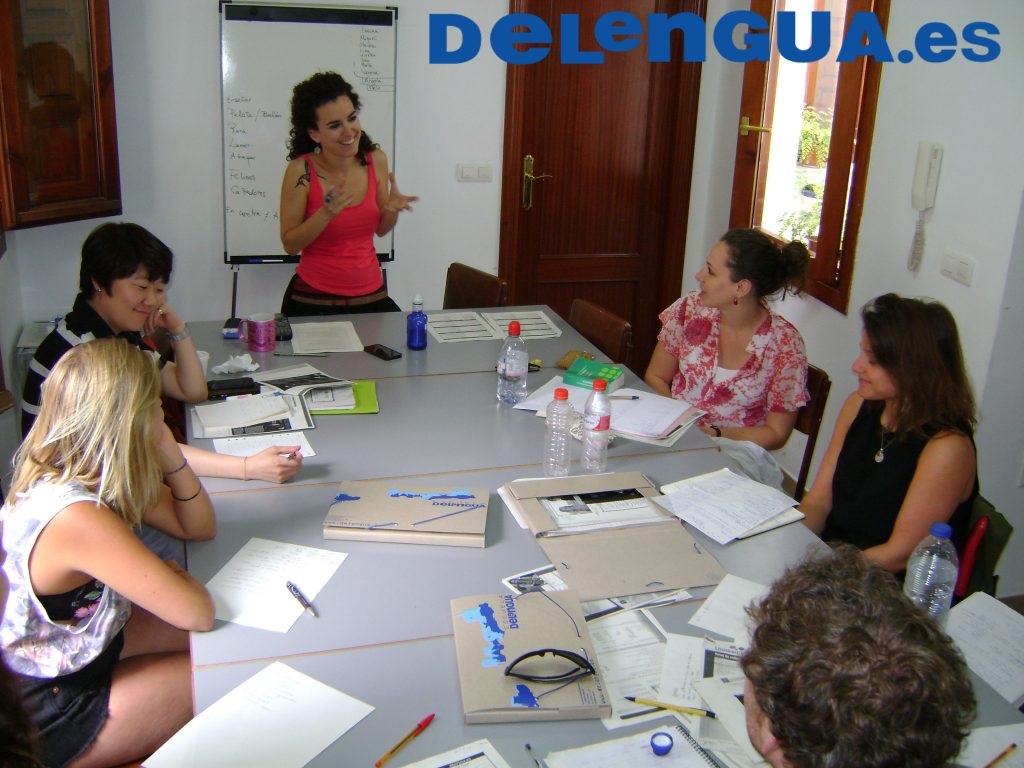
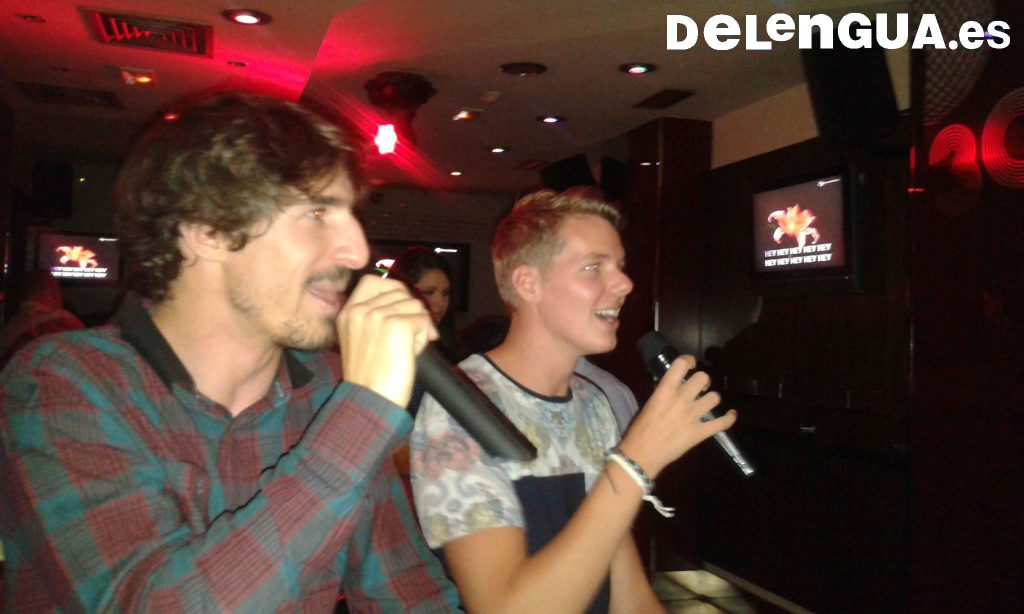
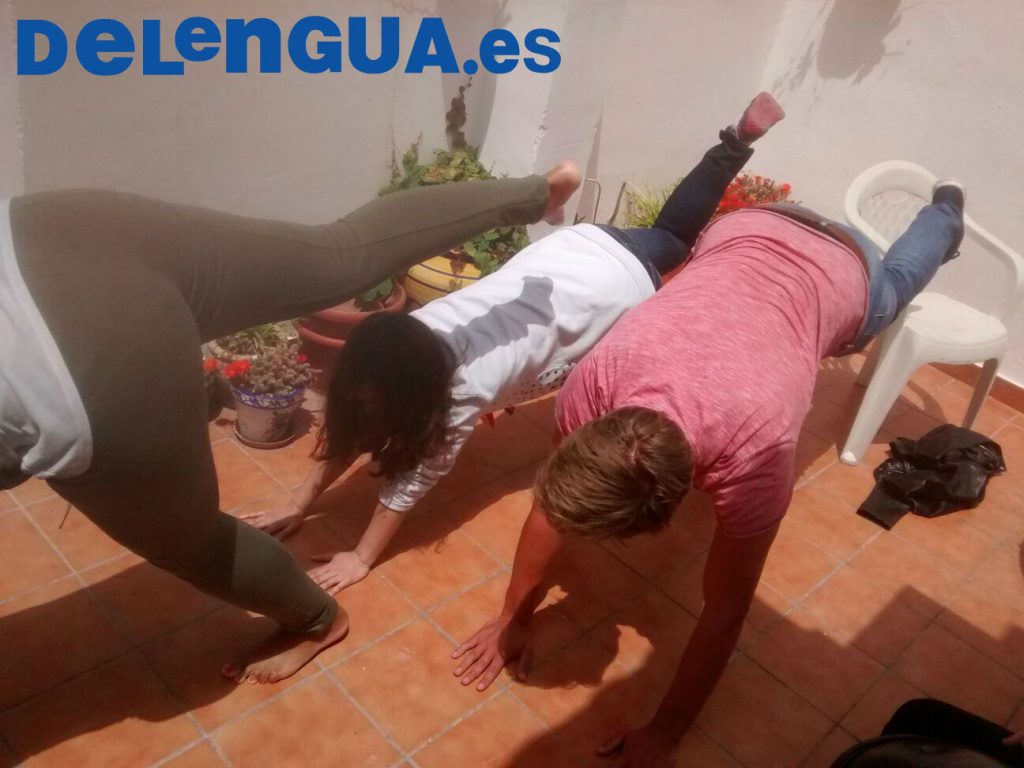
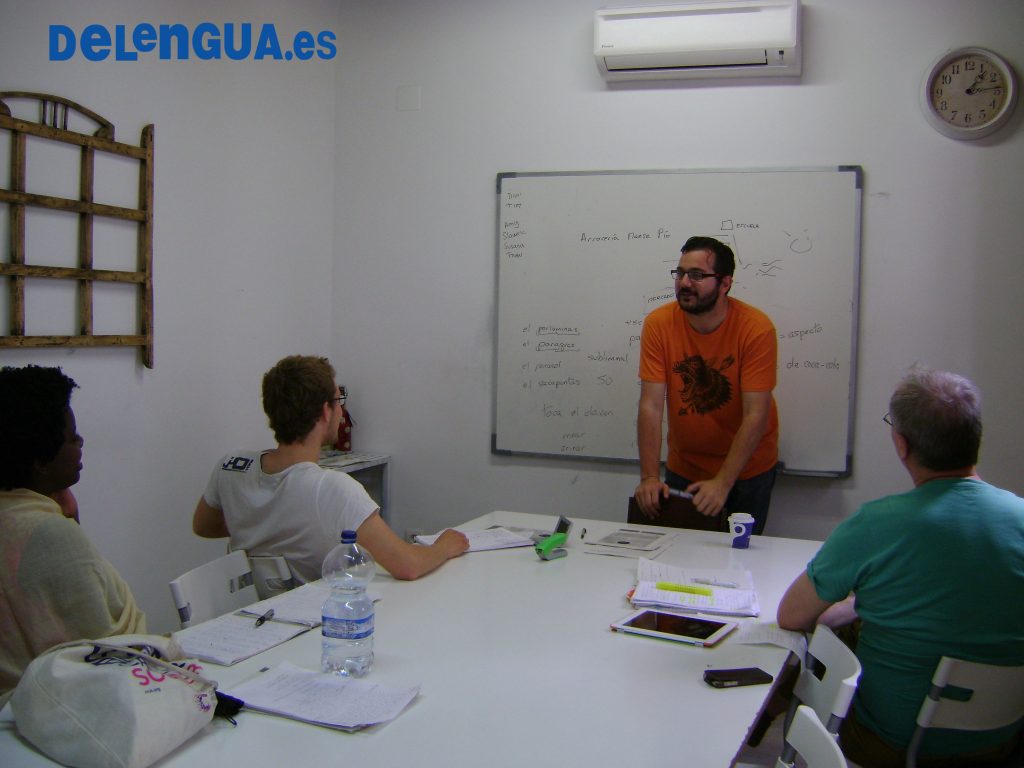
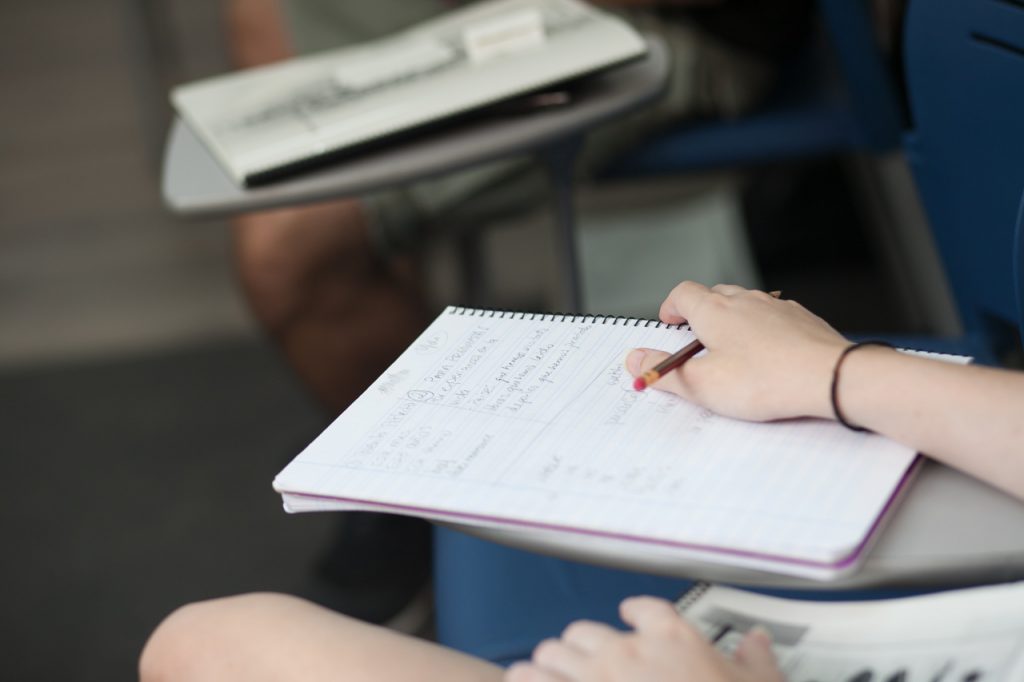
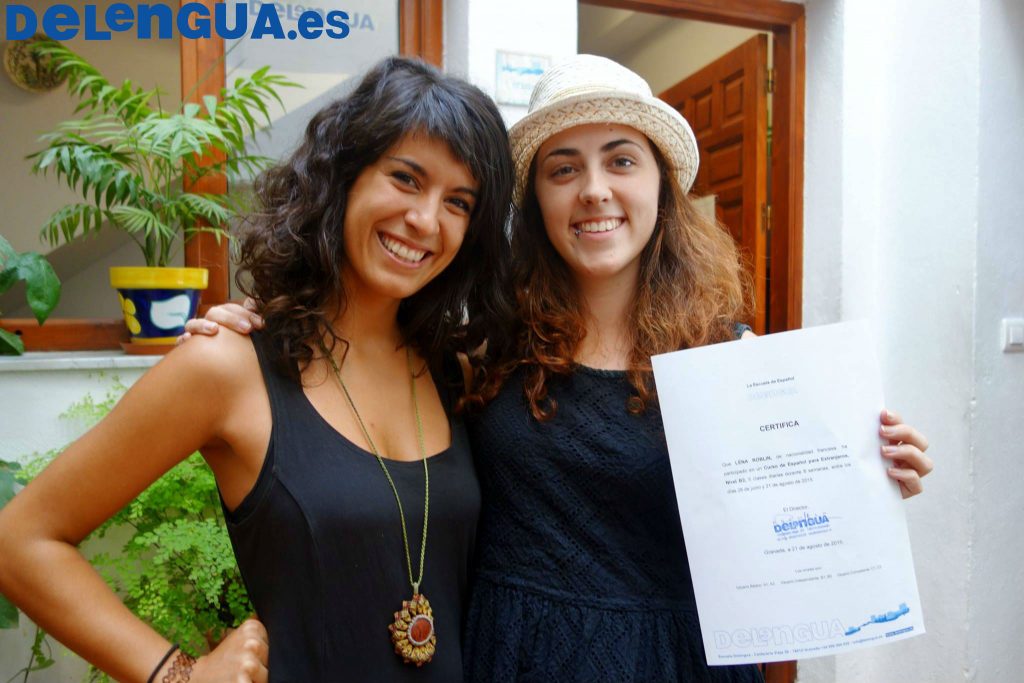
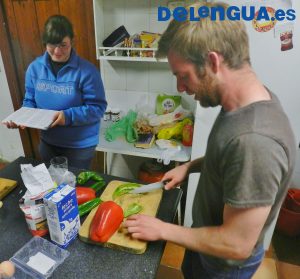

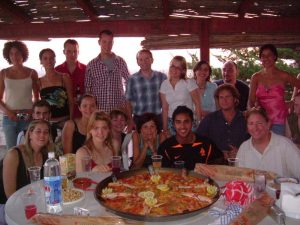

Es muy bien a practica mi espanol, y la comida veo muy rico!
Very useful! Thank you! I will be traveling to Spanish in the spring.